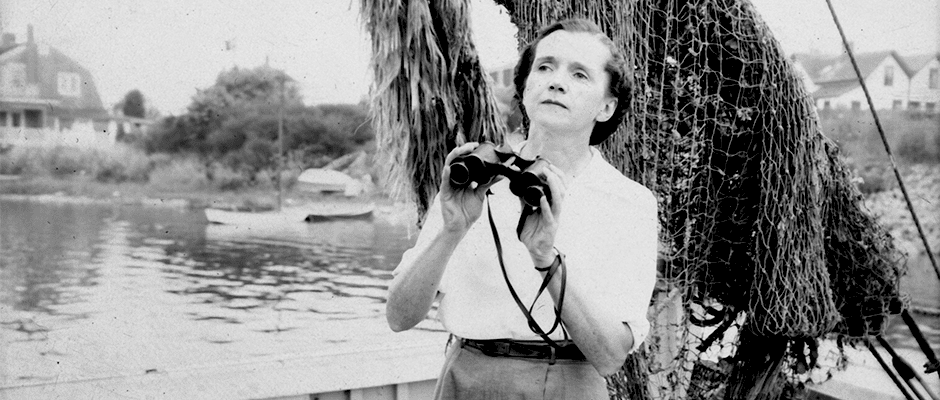

In “Silent Spring,” Carson described in detail how chlorinated hydrocarbon pesticides persisted in the environment long after they were sprayed, rising through the food chain and building up in the bodies of predators. Today aerial spraying is still practiced on the Great Plains, but it’s also clear that insects and weeds rapidly evolve resistance to every new generation of pesticides, trapping farmers on what Vail calls “a chemical-pest treadmill.” Carson anticipated this effect in “Silent Spring,” and called for more research into alternative pest control methods – an approach that has become mainstream today.įarmers and cropdusting pilots on the Great Plains worried about pesticide risks before 'Silent Spring'

When “Silent Spring” was published, many of these practitioners pushed back, arguing that they had developed strategies for managing pesticide risks.Īrchival footage of crop-dusters spraying in California in the 1950s. They attended conferences, debated practices for applying pesticides and organized flight schools that taught agricultural science along with spraying techniques. But pilots and scientists took a much more cautious approach,” recounts University of Nebraska-Kearney historian David Vail.Īs Vail’s research shows, many crop-dusting pilots and university agricultural scientists were well aware of how little they knew about how these new tools actually worked. “Chemical companies made broad promises about these ‘miracle’ products, with little discussion of risks. Well before “Silent Spring” was published, a crop-dusting industry developed on the Great Plains in the years after World War II to apply newly commercialized pesticides. This divergence has echoes today in debates about whether organic production or steady improvements in conventional farming have more potential to feed a growing world population.


 0 kommentar(er)
0 kommentar(er)
